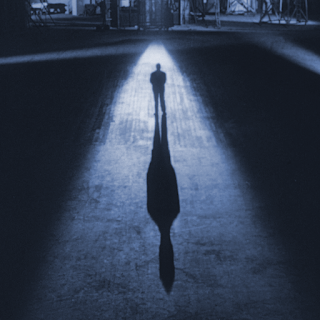Most fraud communications I get are via email. Instead, I was surprised to receive the following one about my getting over five million dollars via old-fashioned snail-mail:
REF: LP2200/2021
Date: October 13, 2021
Dear Richard Garber,
My name is Mr. Lee Pappas; I am an attorney and named partner at Lee Pappas Law Office LLP. It may surprise you to receive this letter from me, since there has been no previous correspondence between us. There is an unclaimed “Permanent Life Insurance Policy” held by our deceased client.
Meanwhile, I was wondering if you got a chance to review my previous letter sent to you concerning unclaimed “Permanent Life Insurance Policy” held by our deceased client/policy holder Dr. Charles Garber whom I was his legal counsel and administrator but passed away ten (10) years ago of cardiac arrest, and I believed you may be related or may not. The insurance policy is an unclaimed “Transferable-On-Death” (TOD) savings monetary deposit insurance with one of the prime global insurer. I am contacting you following the cause of my search and unsuccessful effort to locate the deceased living relatives, and hence you bear the same last name and stands a better chance to partner with me towards the claiming of the estate savings monetary deposit of the sum of eleven million five hundred and fifty thousand one hundred U.S. Dollars ($11,550,100.00).
Therefore I ask for your consent to be in partnership with me for the claim of this policy benefit; in view of the fact that you share the same name and nationality with the deceased. If you permit me to add your name to the policy, all proceeds will be processed on your behalf. I wish to point out that I want 10% of this money to be shared among charitable organizations of your choice, while the remaining 90% will be shared between us (45/45). Which means each of us will get over five million dollars. Contact me by email let me share more information with you.
This is 100% risk free. I do have all necessary documentation to expedite the process in a highly professional/legal and confidential manner. I will provide all the relevant documents to substantiate your claim as the beneficiary. This claim requires a high level of confidentiality and it may take less than thirty (30) business days, from the date of receipt of your consent.
For more information, contact me through my private email LEEPAPPASOFFICE @ GMAIL.COM cc copy my office email LP @ LEEPAPPASLAWOFFICE .COM
Your earliest response to this matter would be highly appreciated.
Best regards,
Lee Pappas
E-mail: LP @ LEEPAPPASLAWOFFICE .COM
Private Email: LEEPAPPASOFFICE @ GMAIL.COM
Images of the actual letter and its envelope are shown above. Etobicoke is a suburb of Toronto. The envelope has no return address, and is postmarked Atlanta Metro on 23 Nov 2021 – which is over forty days and forty nights (an entire Noah’s Flood) later than the October 13, 2021 date inside. The last sentence of the letter says my earliest response would be appreciated, so why wasn’t it sent more rapidly from Canada?
The first paragraph says there has been no previous correspondence between us, but the second papagraph refers to a previous letter. It asks me to send my email to a Gmail address in addition to the one shown on the firm’s web site.
There are some subtle grammar errors, like ‘one of the prime global insurer.’ An article at ProbateADVANCE titled Avoiding Inheritance Scams notes that spotting those errors weeds me out from replying. The writer is looking for someone clueless.
The letter just is a variation on one described in a business column written by David Lazarus and published on February 18, 2020 by the Los Angeles Times titled Great News! A relative you never heard of left you $10 million! It has the same 45-45-10 distribution for the loot.
There is an earlier article by John F. Wasik at Forbes on February 19, 2017 titled Scam Alert: Anatomy of an inheritance fraud letter.
























